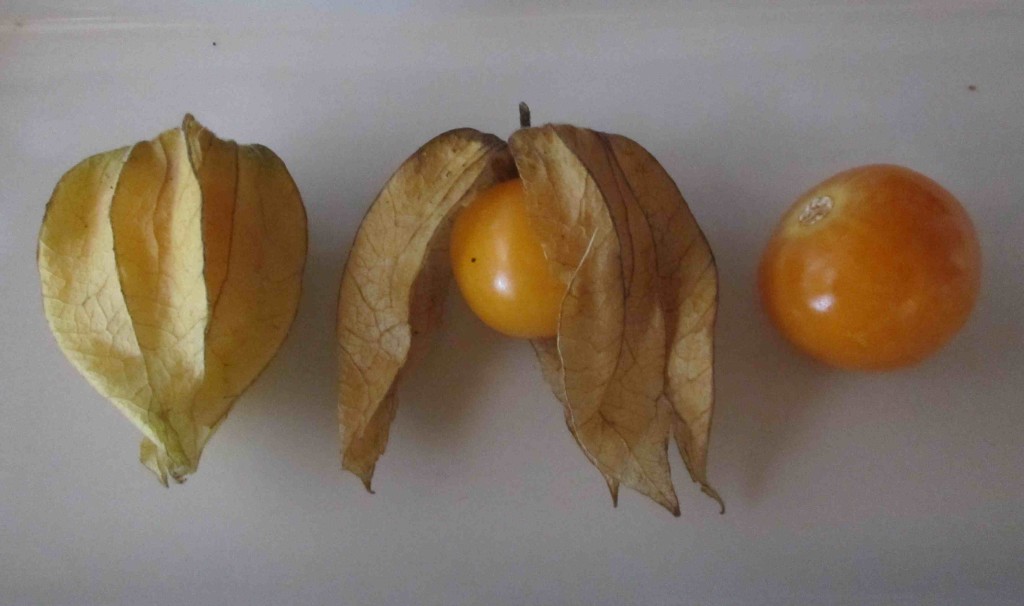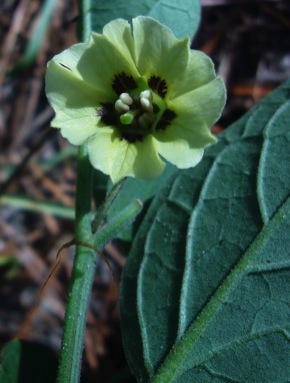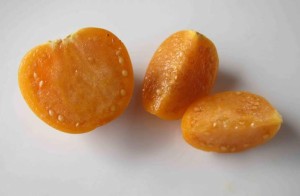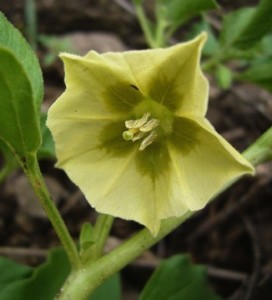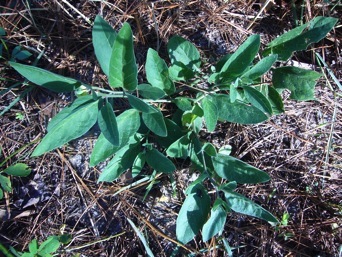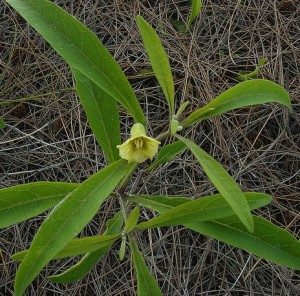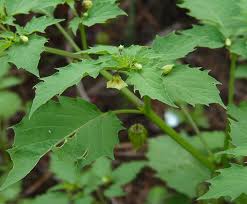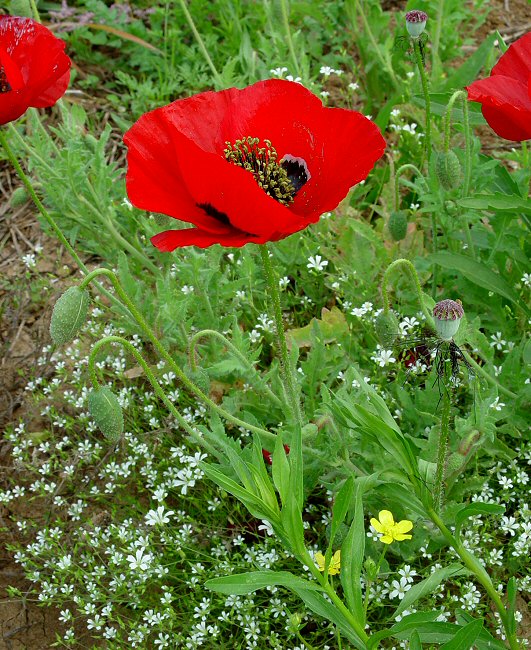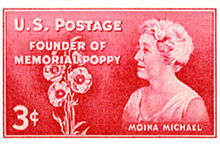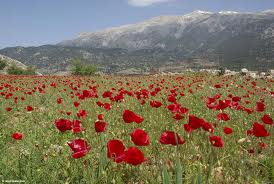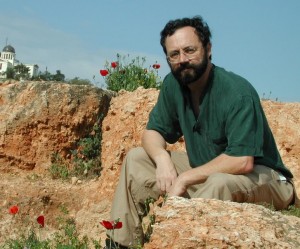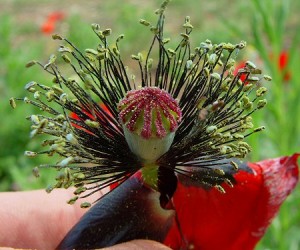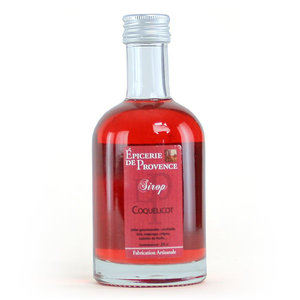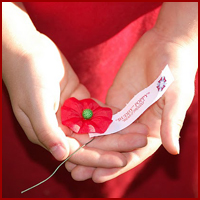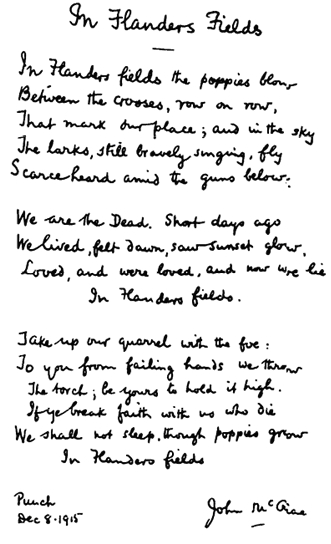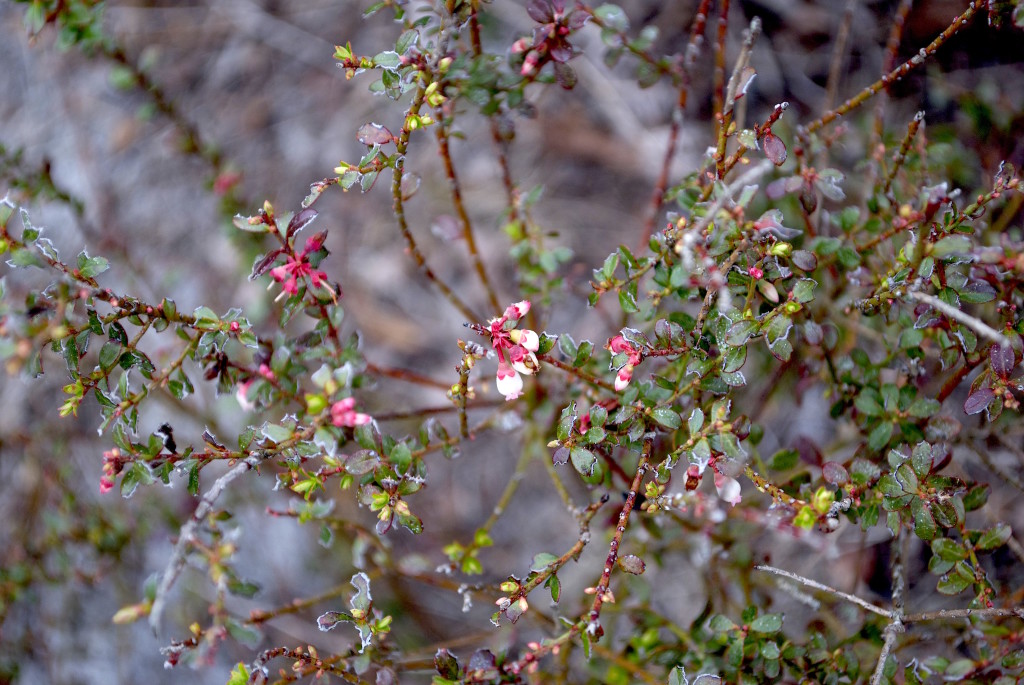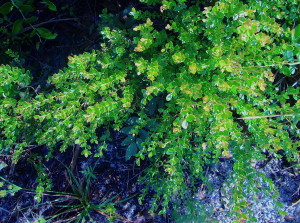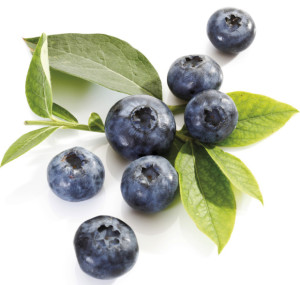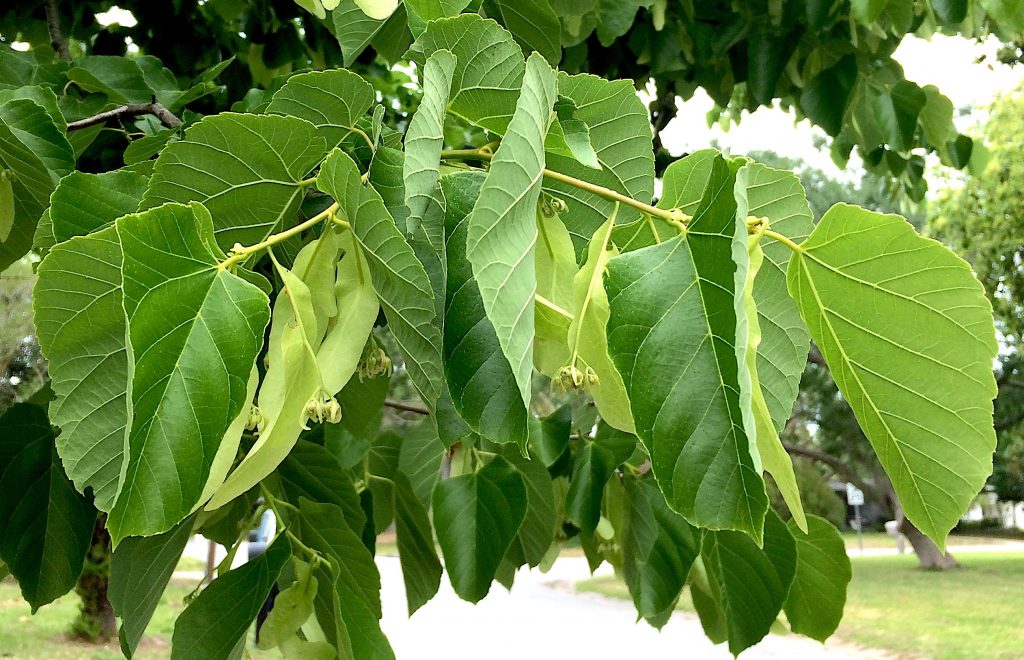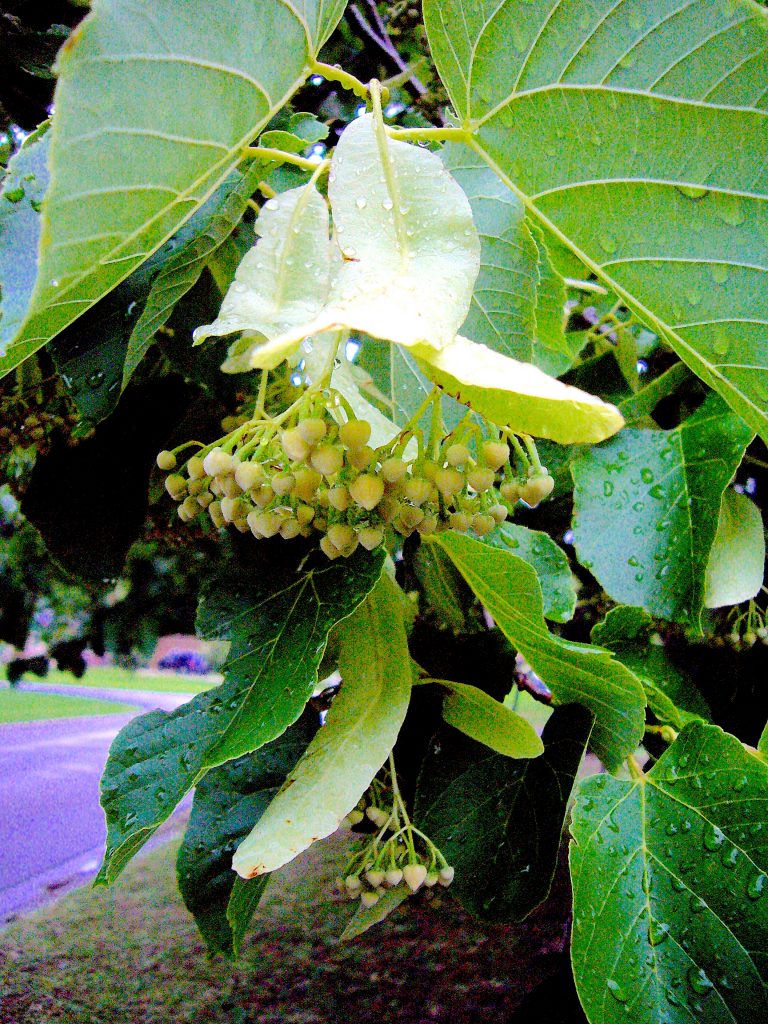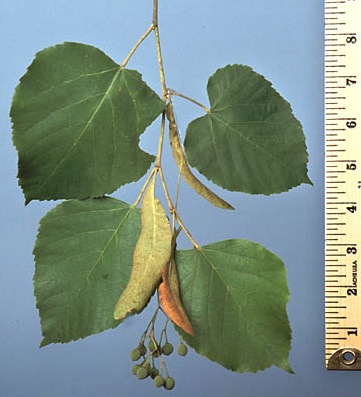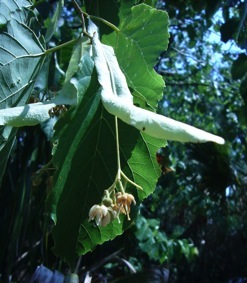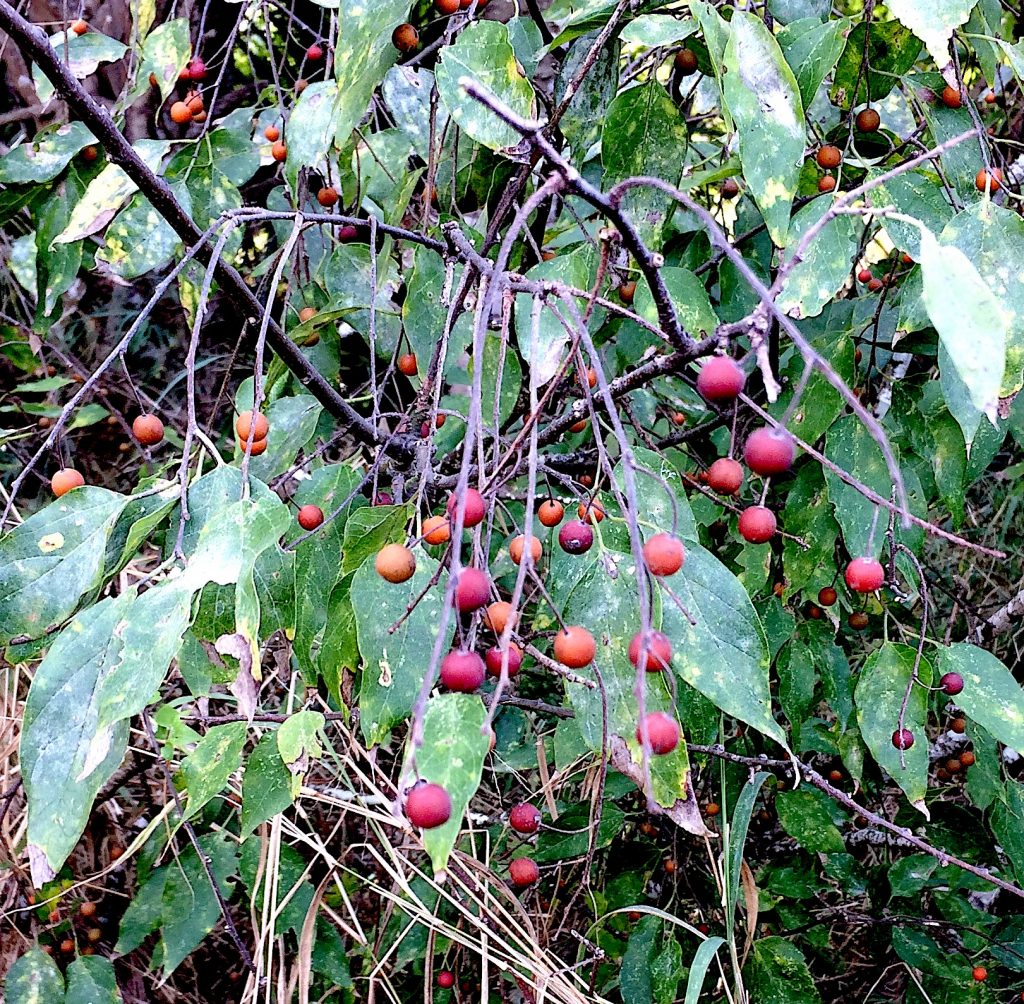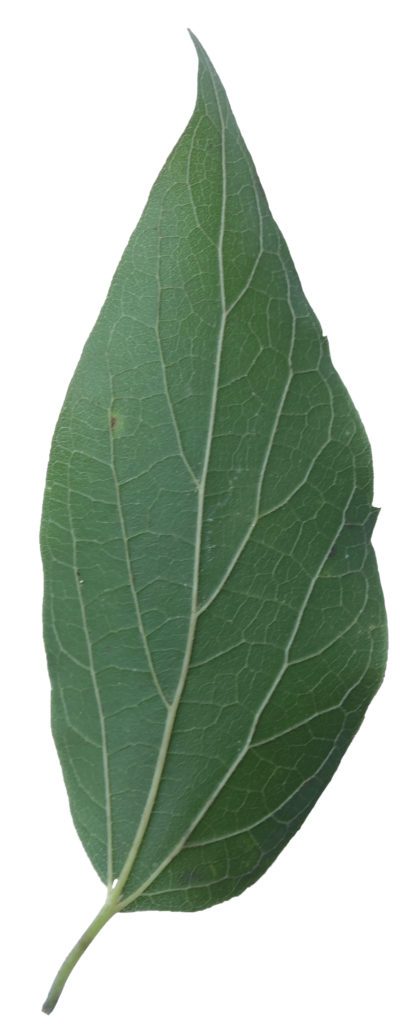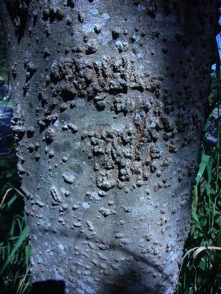Physalis: Tomato’s Wild Cousin
I discovered ground cherries quite by accident.
It was back in the last century. I raided a particular field annually for smilax tips and noticed the ground cherries in blossom. That prompted me to returned later in the season to collect them. Unfortunately that field is now a residential neighborhood. While ground cherries are a common plant one has to look for them. They blend in well and don’t announce themselves. Even their blossoms are sotto voce. The blossoms like to look down and this one, right, had to be coaxed into a picture.
Ground cherries, locally Physalis walteri, (FEE-sa-lis wall-TEER-ee) are related to tomatoes and tomatillos. Physalis means “bladder” referring to the enclosed fruit. The Physalis is found in the Old World as well as the New World. There are nine species in here in Florida and you would be hard pressed to tell some of them apart. The local Indians used them interchangeably.
After discovering my local ground cherry inland I then noticed some on the east coast of Florida. They looked similar (both had blossoms with and without purple throats.) Inland they were P. walteri, and on the coast P. viscosa. I had two different books of Florida wild flowers with good descriptions. Yet I could not tell these two species apart, even after taking into account the blossom variation. I went to a third book and found out why. They are the same species. One book called it P. walteri and did not mention any other names, and the other book called it P. viscosa again also did not include any other names. Sometimes you want to strangle botanists…
That would mean Physalis viscosa means “sticky bladder” and P. walteri means “Walter’s Bladder.” Who “Walter” was I do not know but many such plants are often named for Thomas Walter, an 18th century South Carolina botanist. Another ground cherry I’ve found tasty is the Coastal Ground Cherry (Physalis angustifolia) that I have found on the west coast of Florida.
The fruit is edible raw or cooked, as in pies or preserves. The fruit can fall from the plant before it is ripe. That usually takes a week or two or more until the husk has dried and the fruit a golden yellow to orange. Each fruit is wrapped in a husk that is NOT edible. The fruit will store several weeks if left in the husk. Unripe fruit — light green — is toxic. Ripe fruits are light to golden yellow. If any ripe fruit has a bitter aftertaste should be cooked first. If it is still bitter after cooking, don’t eat it. A wild species that takes to home gardening very well is Physalis angulata, the Cutleaf Ground Cherry. It’s tall and prolific under cultivation.
Linguistically the plant has had quite a diverse journey with nearly every country and language having its own (or several) names for the encased fruit. The ancient Greeks used halikakabon and pheesalis (bladder and swelling) the latter was translated into Dead Latin as visicaria. The Italians used halicacabo uolgare and the French halicacabon comun, both of which mean “common bladder.” In Italy they are now called Coralli (coral) and Palloncini (balloons.) Farther north they were called winter chirir ((winter cherry) Judenkirsen (Jew’s Cherry) and Schlutten (ground cherry in 1542 German) They were also called Judendocken (Jew’s bundle) Judenhutlin (a variation of Jew’s hat) and that got mangled into the English Jerusalem Cherry, which is still used. The Aztecs called it tomatl (source for the words tomato and tomatillo.) In Hawaii it is called Poha.
Other names used include Alkekengi (which is cultivated and perhaps the only one you don’t eat) Barbados Gooseberry, cherry tomato, Chinese Lantern, husk tomato, Japanese Lantern, strawberry tomato, tomatillo, wild cherry, winter cherry and Cape Gooseberry. Several other Physalis fruits have been used for food: P. ixocarpa, P. fendleri, P. heterophylla, P. lanceoleta, P. longifolia, P. neomexicana, P. pruinosa, P. pubescens, P. turbinata, P. virginiana, and P. angulata , the latter which is also found locally, growing to more than two feet tall and wide.
Fruit photos by Sybaritica.
Green Deane’s “Itemized” Plant Profile
IDENTIFICATION: P. walteri/P.viscosa: Fruit is a yellowish sticky berry that does not fill the husk, solitary growing from the leaf’s axil. Leaves are entire or wavy and angled, sometimes toothed. Flowers are yellow with dark centers, purplish antlers, or no dark centers. Entire plant covered with fine hairs, entire plant sometimes appears gray. All the P. angulatas I’ve seen had toothy leaves like the photo at left and strong branching stems.
TIME OF YEAR: Blossoms in late spring fruits towards fall, however in Florida it can have two seasons, summer and fall.
ENVIRONMENT: Old fields, sunny woods, bordering streams, cultivated fields, waste ground, railroads, road sides; full sun to some shade. Low growing, often overlooked. It likes water and humidity.
METHOD OF PREPARATION: When ripe raw or cooked like any fruit, pectin needs to be added to make jelly or jam. Species with a bitter after taste are better cooked. If bitter after cooking do not eat. Some foraging books say the fruit does not ripen on the plants but I have found and eaten many that were. More so, like a tomato while it will ripen off the plant it will not improve in sweetness off the plant. Only ripening on the plant accomplishes that.

